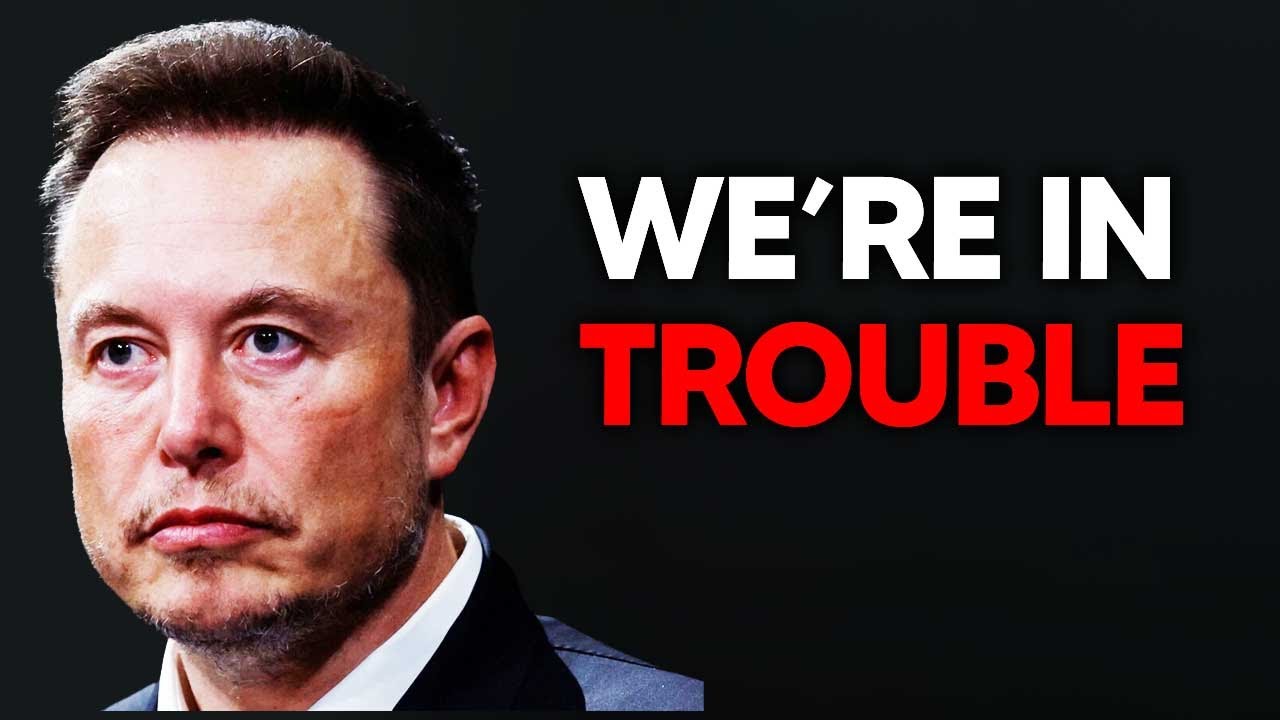The video highlights the rapid advancements in AI-generated images and videos, which have become so realistic that they are difficult to distinguish from real content, raising concerns about potential misuse for deception and manipulation. It emphasizes the need for detection methods and verification systems to maintain trust and authenticity in the digital landscape as AI-generated content becomes more prevalent.
The video discusses the alarming advancements in AI-generated images, particularly focusing on the emergence of super photorealistic images that are indistinguishable from real photographs. The speaker expresses concern that the capabilities of AI have surpassed a critical threshold, leading to a situation where it becomes increasingly difficult for individuals to discern between real and AI-generated content. This issue has escalated recently with the release of open-source tools that can create images that not only look professional but also resemble casual snapshots taken by individuals, further complicating the authenticity of visual media.
The speaker highlights the evolution of AI image generation, noting that just a few years ago, the technology was not advanced enough to produce images that could convincingly mimic reality. However, recent developments have led to the creation of images that appear so realistic that even experts in the field struggle to identify them as AI-generated. This raises significant concerns about the potential misuse of such technology, as these images could be employed for deception, fraud, or manipulation in various contexts, including social media and online interactions.
In addition to images, the video touches on the implications of AI-generated videos, including deepfakes that can convincingly imitate real people in real-time. The speaker emphasizes the risks associated with this technology, particularly in scenarios where individuals could be impersonated for malicious purposes, such as scamming or spreading misinformation. The ease with which these tools can be accessed and used raises ethical questions about consent and accountability, as the developers of such technologies often disclaim responsibility for their misuse.
The discussion also introduces the concept of the “dead internet theory,” which posits that a significant portion of online content is generated by bots and AI, leading to a digital landscape that may lack genuine human interaction. The speaker suggests that as AI-generated content becomes more prevalent, society will face challenges in verifying the authenticity of online interactions and distinguishing between human and AI-generated contributions. This could lead to a future where trust in digital media is severely compromised.
Finally, the video concludes with a call for the development of detection methods and verification systems to combat the potential harms of AI-generated content. The speaker advocates for solutions that balance the need for privacy with the necessity of ensuring authenticity in online interactions. As AI technology continues to advance, the importance of establishing reliable mechanisms for identifying AI-generated content becomes increasingly critical to maintaining trust and integrity in the digital world.
Prepare for AGI with me - Post-AGI Preparedness
![]() Follow Me on Twitter x.com
Follow Me on Twitter x.com
![]() Checkout My website - https://theaigrid.com/
Checkout My website - https://theaigrid.com/
Links From Todays Video:
Welcome to my channel where i bring you the latest breakthroughs in AI. From deep learning to robotics, i cover it all. My videos offer valuable insights and perspectives that will expand your knowledge and understanding of this rapidly evolving field. Be sure to subscribe and stay updated on my latest videos.
Was there anything i missed?
(For Business Enquiries) contact@theaigrid.com
#LLM #Largelanguagemodel #chatgpt
#AI
#ArtificialIntelligence
#MachineLearning
#DeepLearning
#NeuralNetworks
robotics
#DataScience
